In 1974, farmer Yang Zhifa was digging in China’s Shaanxi province when his shovel struck something solid. What he and his fellow farmers thought were random artifacts turned out to be one of the most extraordinary archaeological discoveries of the 20th century: the Terracotta Army. These clay figures unearthed a time capsule linked to China’s first emperor, Qin Shi Huang. Despite its historical significance, archaeologists remain hesitant to open his tomb, fearing it is rigged with dangerous booby traps and possibly even poison, as reported by the BBC.
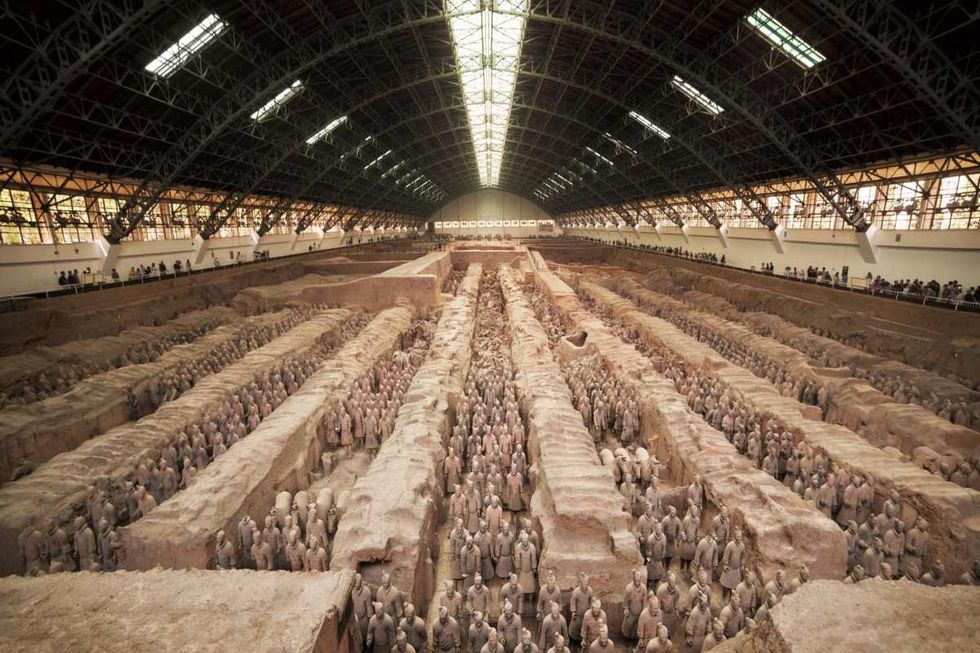
When archaeologists first excavated the site spotted by the farmers, they found something extraordinary. Beneath the floor were numerous pits rammed with thousands of life-sized terracotta models of soldiers and war horses arranged in battle formations and brick-lined trenches. There were also sculptures of acrobats, officials, and animals, all made with exquisite detail and craftsmanship. Originally painted in bright red, blue, pink, and gold, the statues were now bleached of color.
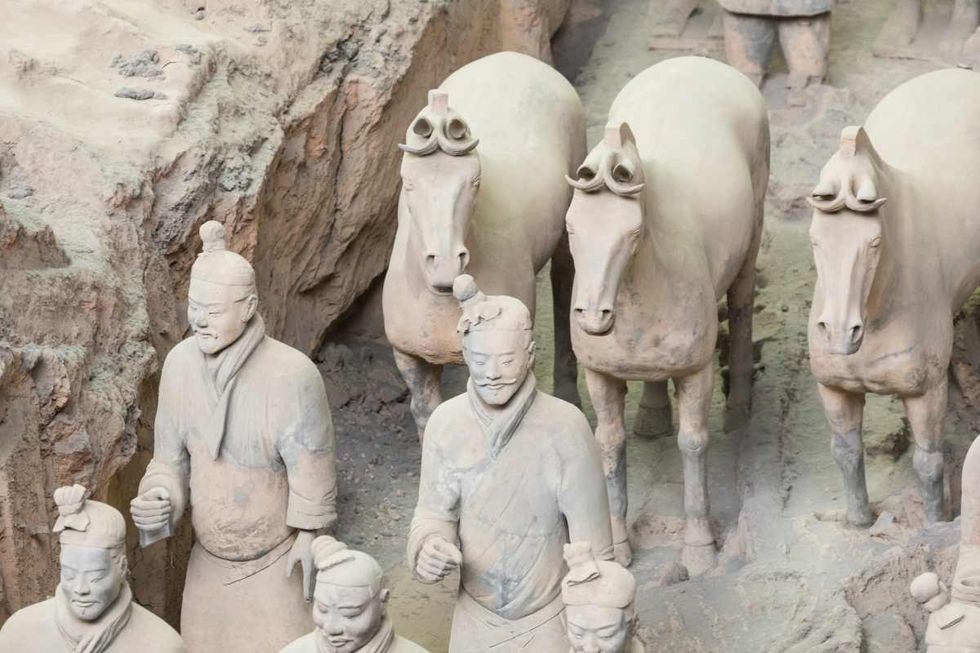
The majestic “Terracotta Army” suggests that these warriors were employed to guard the mausoleum of Qin Shi Huang, the first emperor of the Qin dynasty who ruled from 221 to 210 BCE. Each figure had a different facial expression, hairstyle, and mustache. Huang had hired this army to shield the mausoleum in his afterlife and preserve his dominative spirit.
According to Discovery Future, Huang was a ruthless and ambitious ruler who conquered all his rivals and unified China under his rule. He carried out many reforms including standardizing the currency, weights, measures, and laws of China. He also initiated several agricultural and irrigation improvement projects. Even the epic Great Wall of China was constructed on his orders.
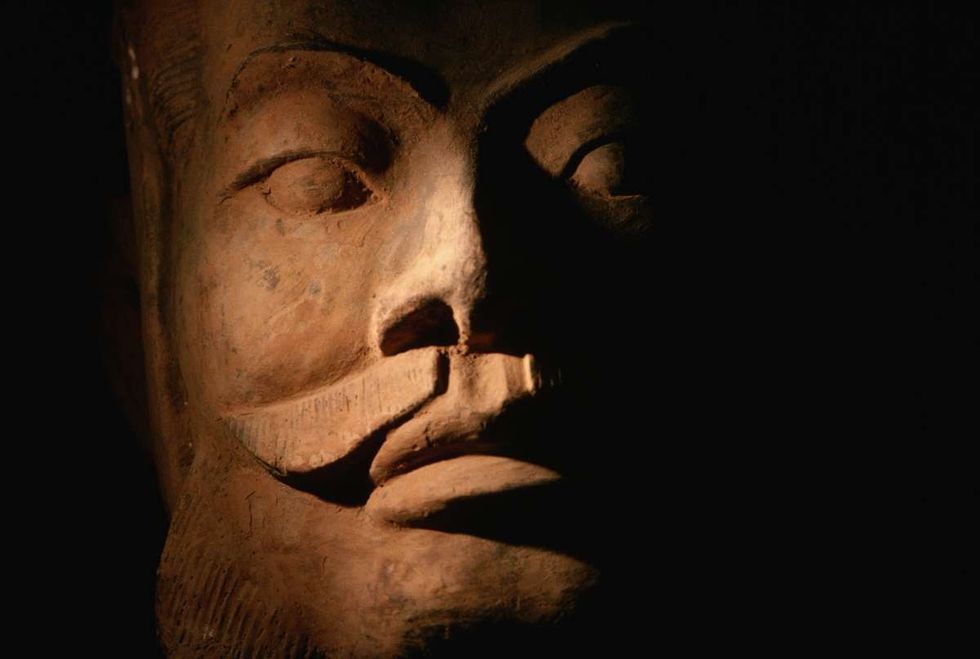
Soon after he sat on the throne, Huang ordered the construction of his own tomb, employing an army of over 700,000 workers. His tomb, the size of an ancient city, was said to be sprawling with rivers, towers, palaces, and treasures. But the most bizarre thing about the tomb was that it was sealed with elaborate booby traps and mechanisms. Anyone attempting to enter the tomb was believed to encounter arrows hissing from nowhere and poisonous gases engulfing them to death. It is said that Huang himself was obsessed with drinking mercury to fulfill his desire for immortality. Once he even sent an official overseas in search of a “magic potion” that could proffer him with an eternal life. But like every mortal, he passed away, probably due to mercury poisoning that he ingested with sweetened wine.
But it is still believed that the poisonous mercury sulfide laces the innards of his tomb, so if someone dared to enter, they wouldn’t be able to come out alive. It may seem like an idle threat, but a 2020 scientific paper also affirmed that there are high concentrations of poisonous liquid around the tomb. “Highly volatile mercury may be escaping through cracks, which developed in the structure over time, and our investigation supports ancient chronicle records on the tomb, which is believed never to have been opened/looted,” researchers noted in the paper.
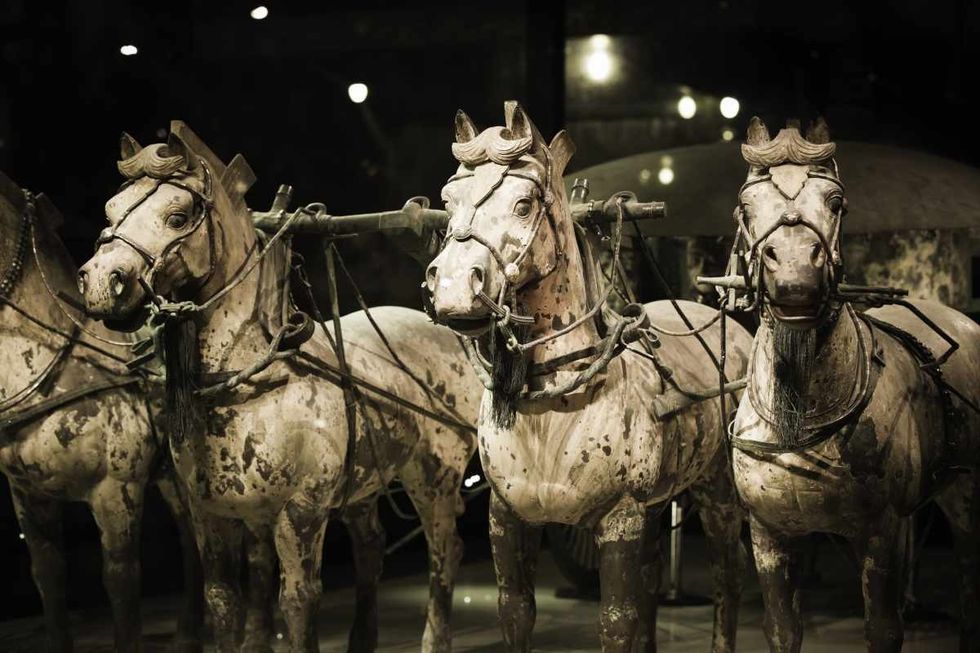
So, even after two millennia, the contents of his tomb have remained a mystery to archaeologists who are too spooked to investigate it. Apart from the threat of poison, the tomb is believed to be dotted with inescapable traps. IFL Science notes that around a century after the emperor’s death, an ancient Chinese historian, Sima Qian, wrote that the tomb is protected by booby traps designed to kill any intruder. “Craftsmen were ordered to make crossbows and arrows primed to shoot at anyone who entered the tomb. Mercury was used to simulate the hundred rivers, the Yangtze and Yellow River, and the great sea, and set to flow mechanically,” wrote Sima, per IFL Science.
There is a possibility that the arrows might have rusted away and will no longer hiss at the person stepping inside the tomb, or even the poisonous mercury may have wafted away, but no one is sure. Scientists have even contemplated using advanced X-ray technology to explore it, but they are still reluctant to open it for various reasons. No one is willing to enter there. It seems the ferocious emperor must be grinning in his afterlife because all the propitious efforts he put into the construction of the tomb have paid off, and even after thousands of years, no one has dared to touch his treasure-laced tomb.


















 Pictured: The newspaper ad announcing Taco Bell's purchase of the Liberty Bell.Photo credit: @lateralus1665
Pictured: The newspaper ad announcing Taco Bell's purchase of the Liberty Bell.Photo credit: @lateralus1665 One of the later announcements of the fake "Washing of the Lions" events.Photo credit: Wikimedia Commons
One of the later announcements of the fake "Washing of the Lions" events.Photo credit: Wikimedia Commons This prank went a little too far...Photo credit: Canva
This prank went a little too far...Photo credit: Canva The smoky prank that was confused for an actual volcanic eruption.Photo credit: Harold Wahlman
The smoky prank that was confused for an actual volcanic eruption.Photo credit: Harold Wahlman
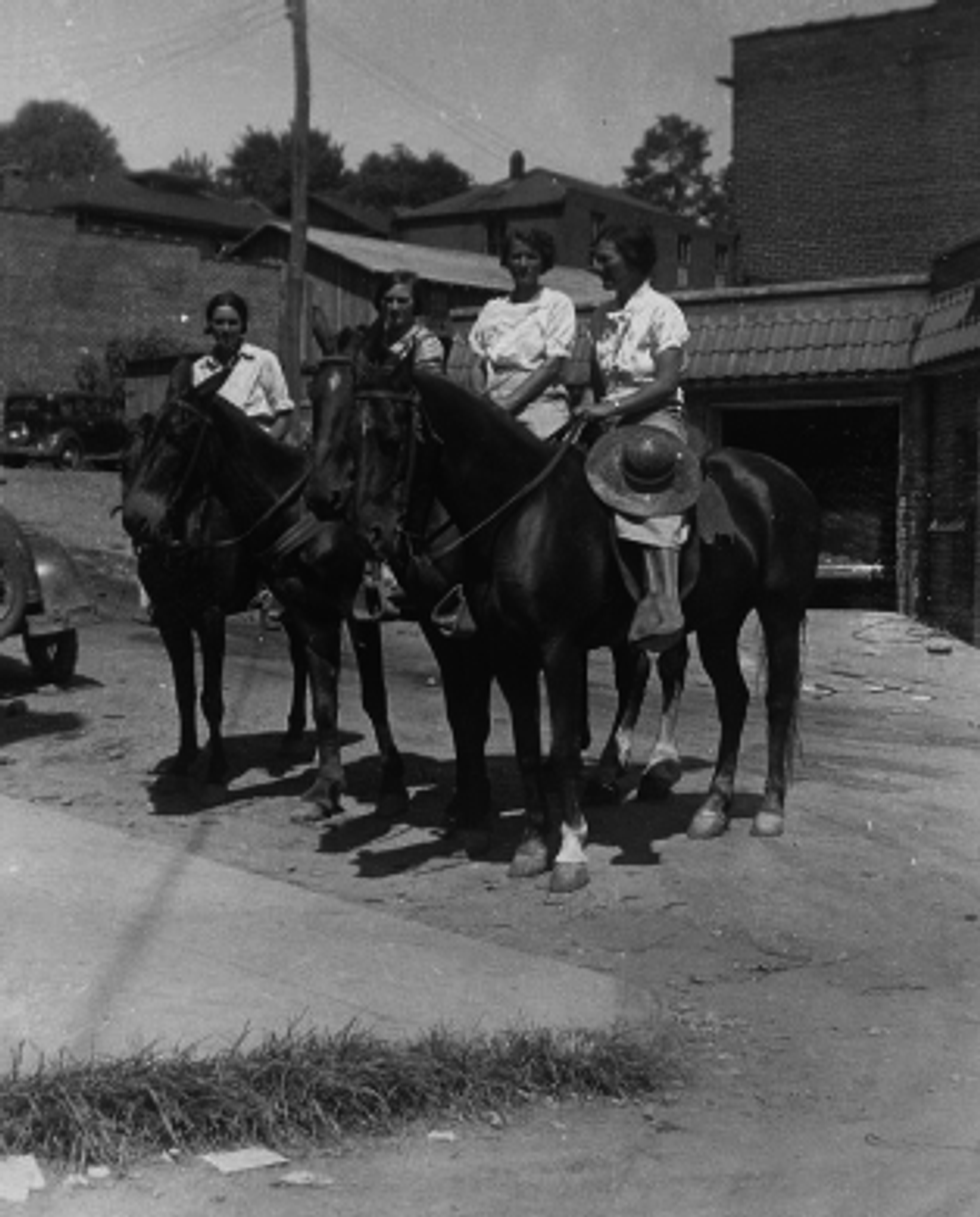 Packhorse librarians ready to start delivering books.
Packhorse librarians ready to start delivering books.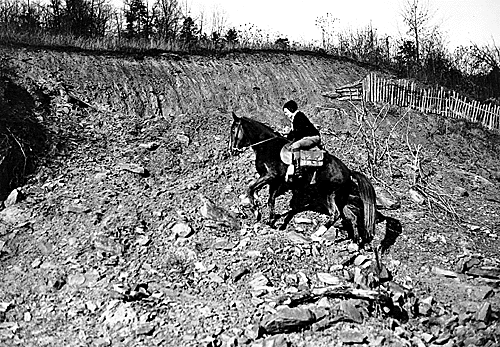 Pack Horse Library Project - Wikipedia
Pack Horse Library Project - Wikipedia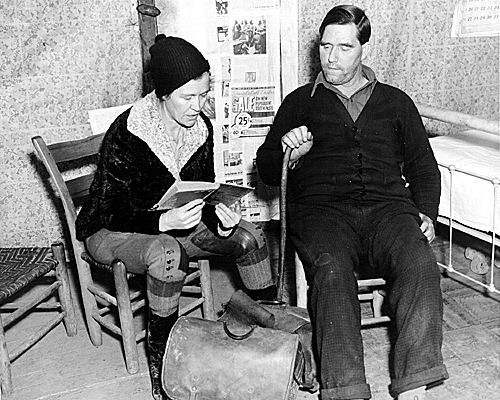 Packhorse librarian reading to a man.
Packhorse librarian reading to a man.
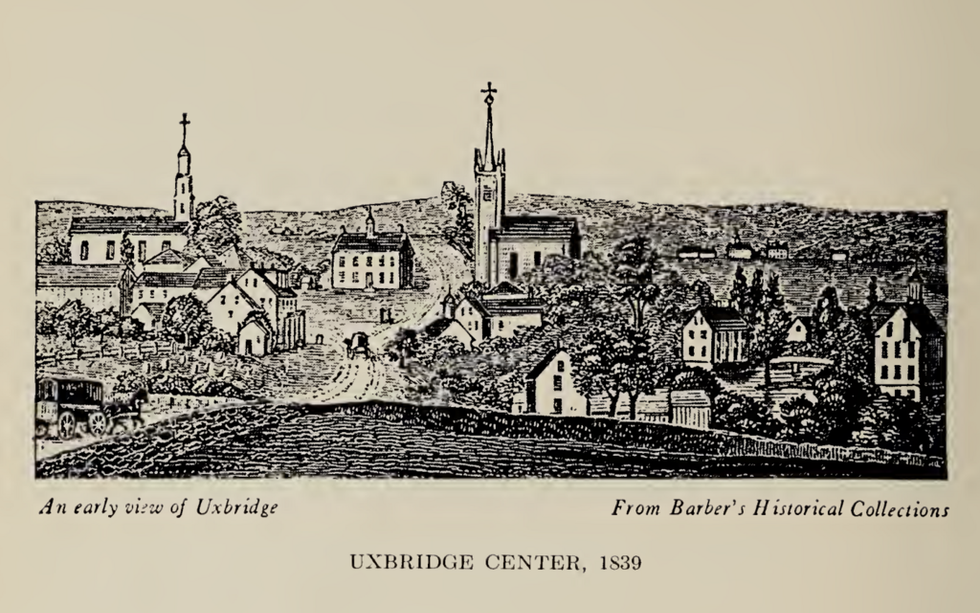 Fichier:Uxbridge Center, 1839.png — Wikipédia
Fichier:Uxbridge Center, 1839.png — Wikipédia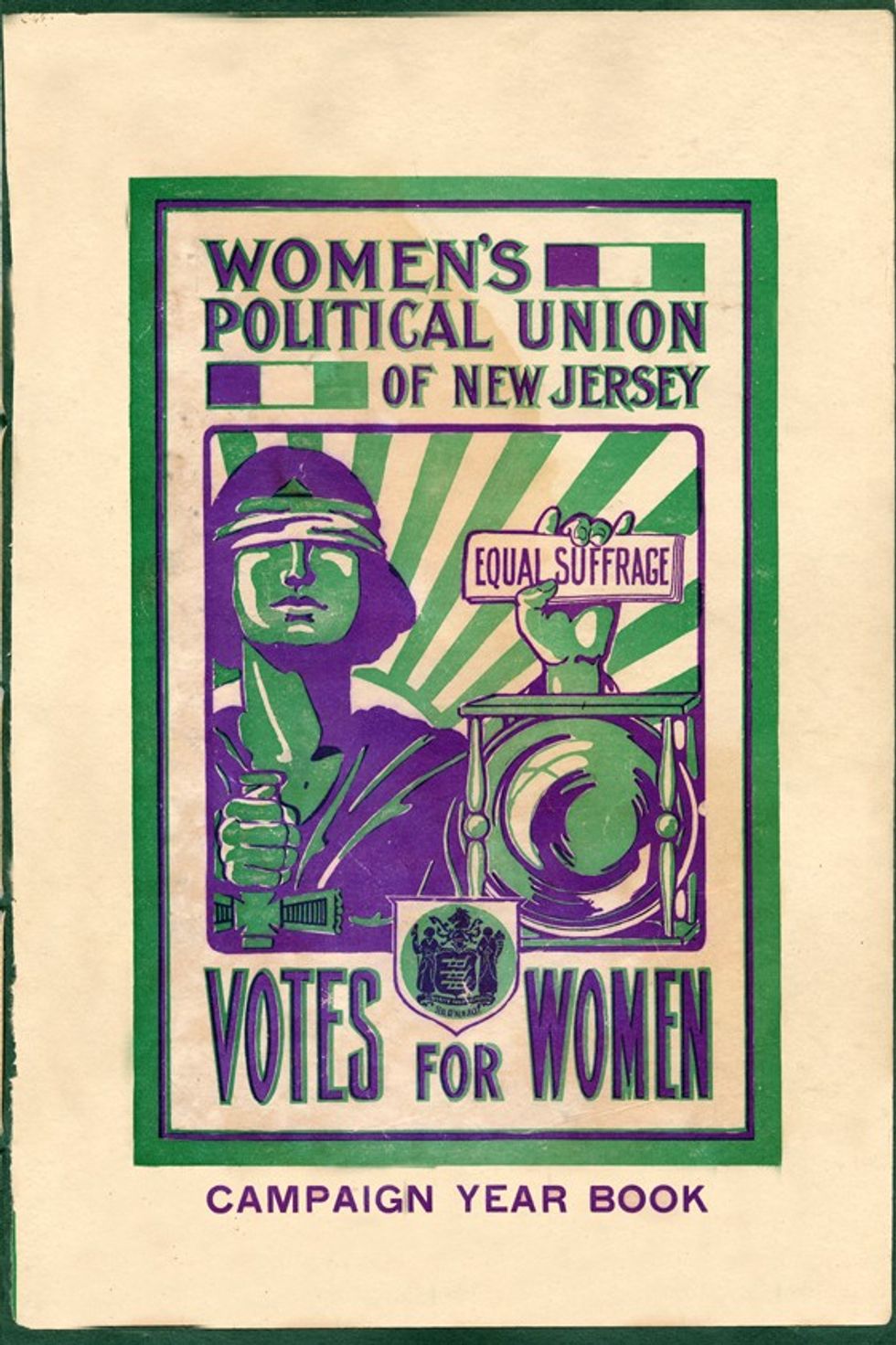 File:Women's Political Union of New Jersey.jpg - Wikimedia Commons
File:Women's Political Union of New Jersey.jpg - Wikimedia Commons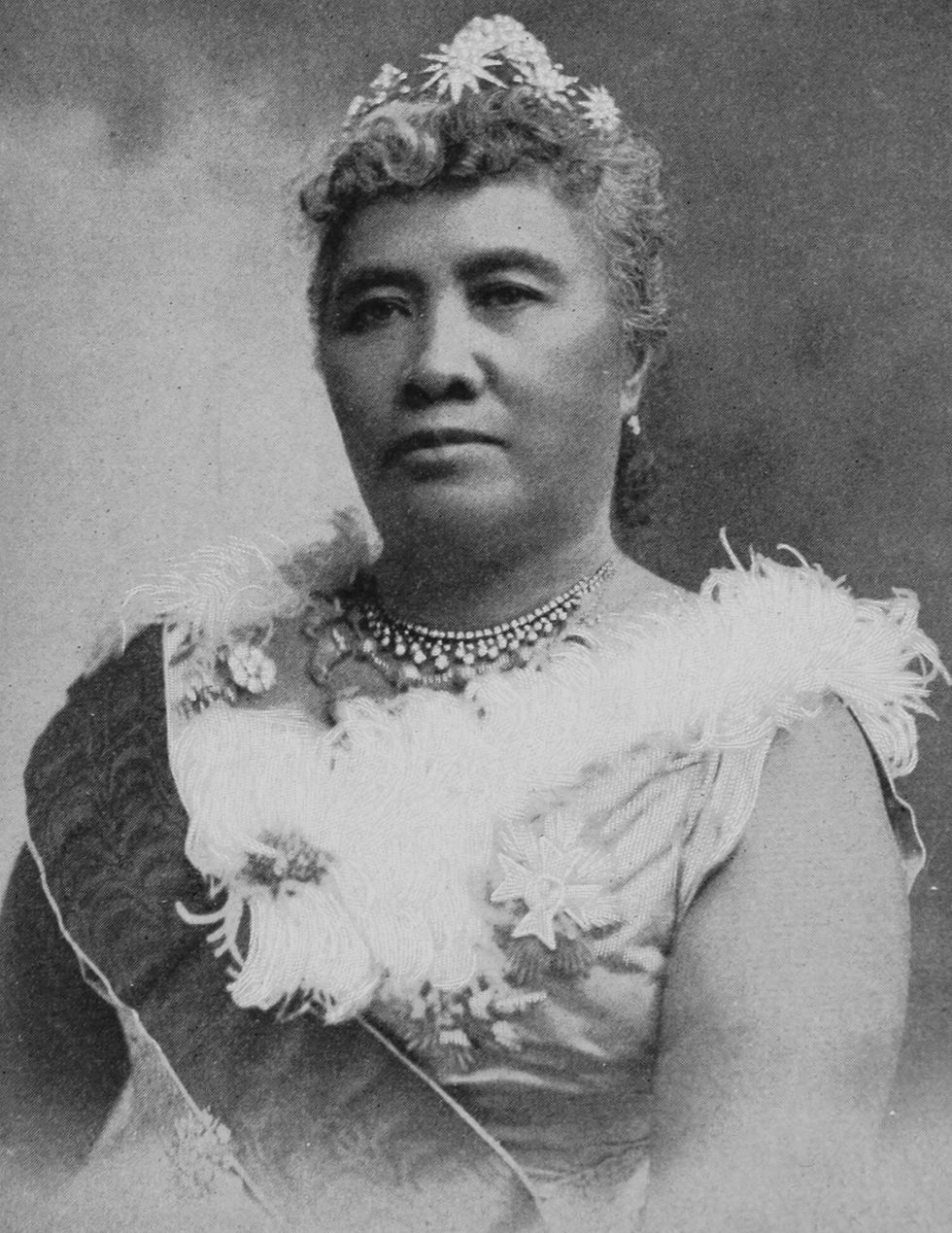 File:Liliuokalani, photograph by Prince, of Washington (cropped ...
File:Liliuokalani, photograph by Prince, of Washington (cropped ...
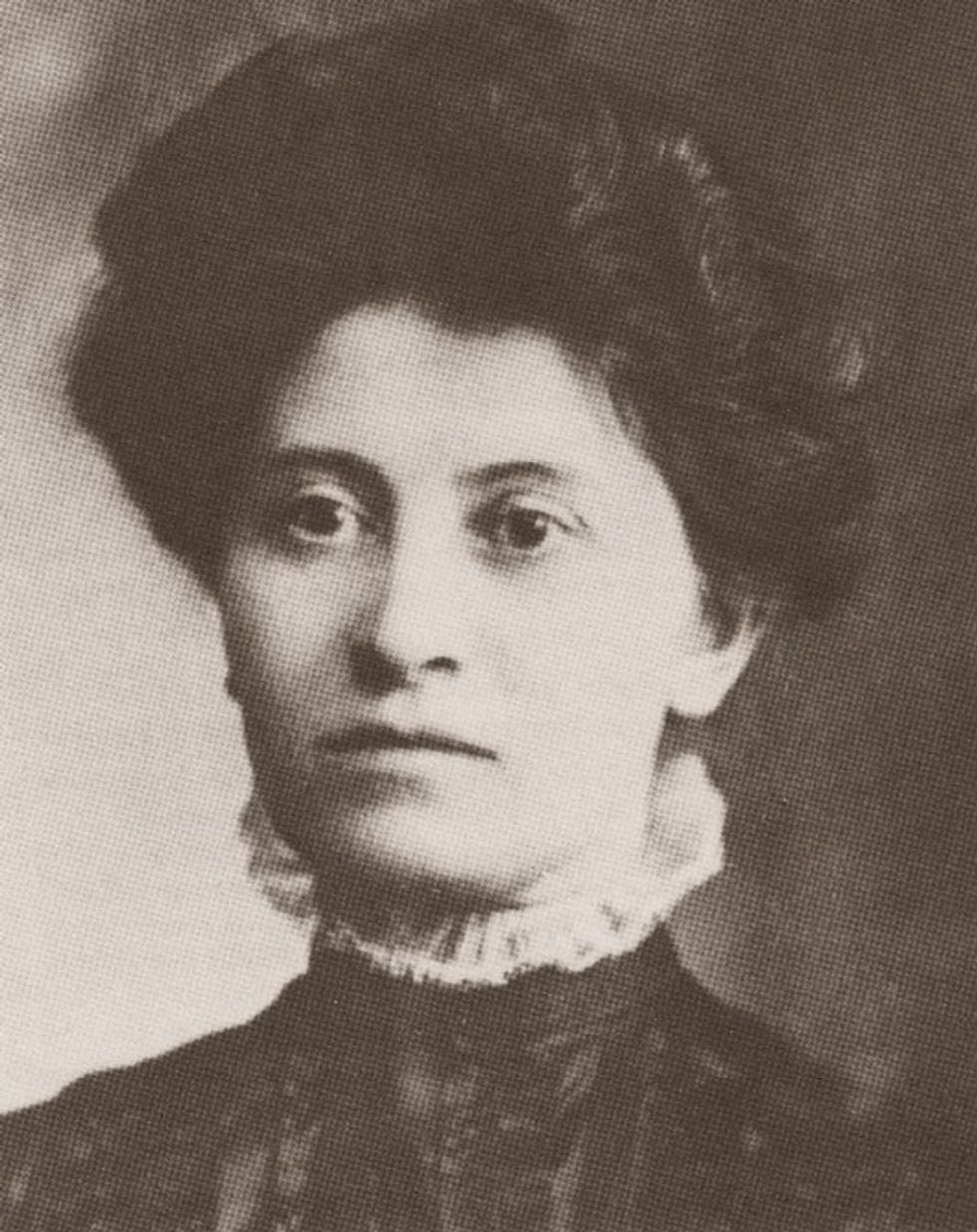 Theresa Malkiel
commons.wikimedia.org
Theresa Malkiel
commons.wikimedia.org
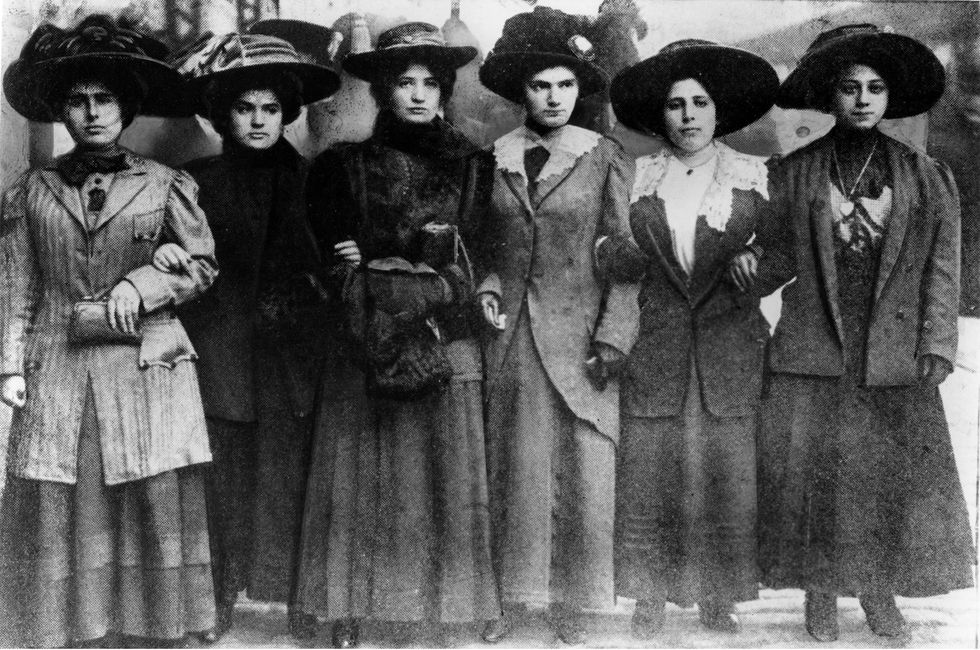 Six Shirtwaist Strike women in 1909
Six Shirtwaist Strike women in 1909
 U.S. First Lady Jackie Kennedy arriving in Palm Beach | Flickr
U.S. First Lady Jackie Kennedy arriving in Palm Beach | Flickr
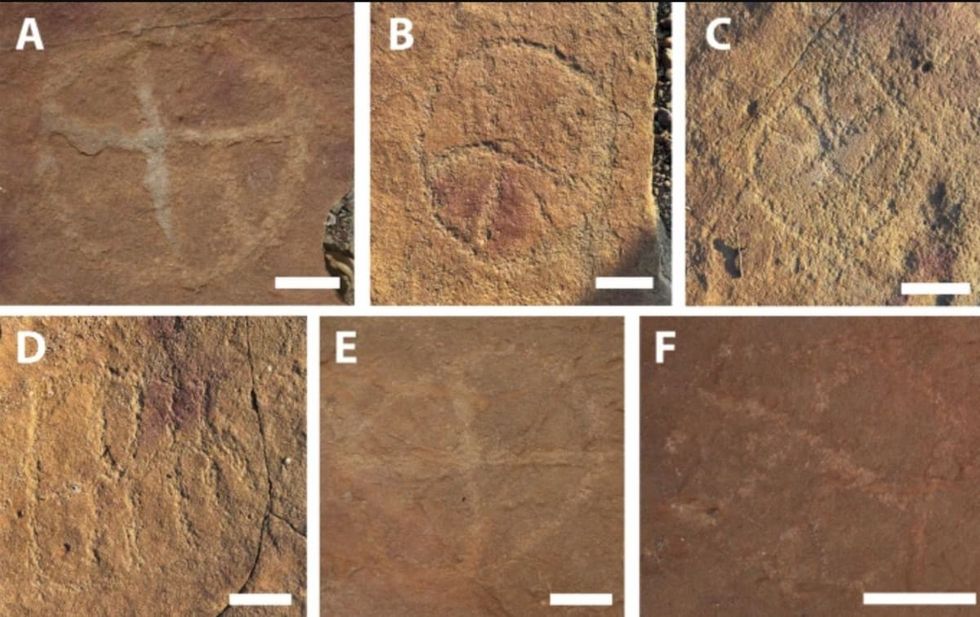 Image Source:
Image Source: 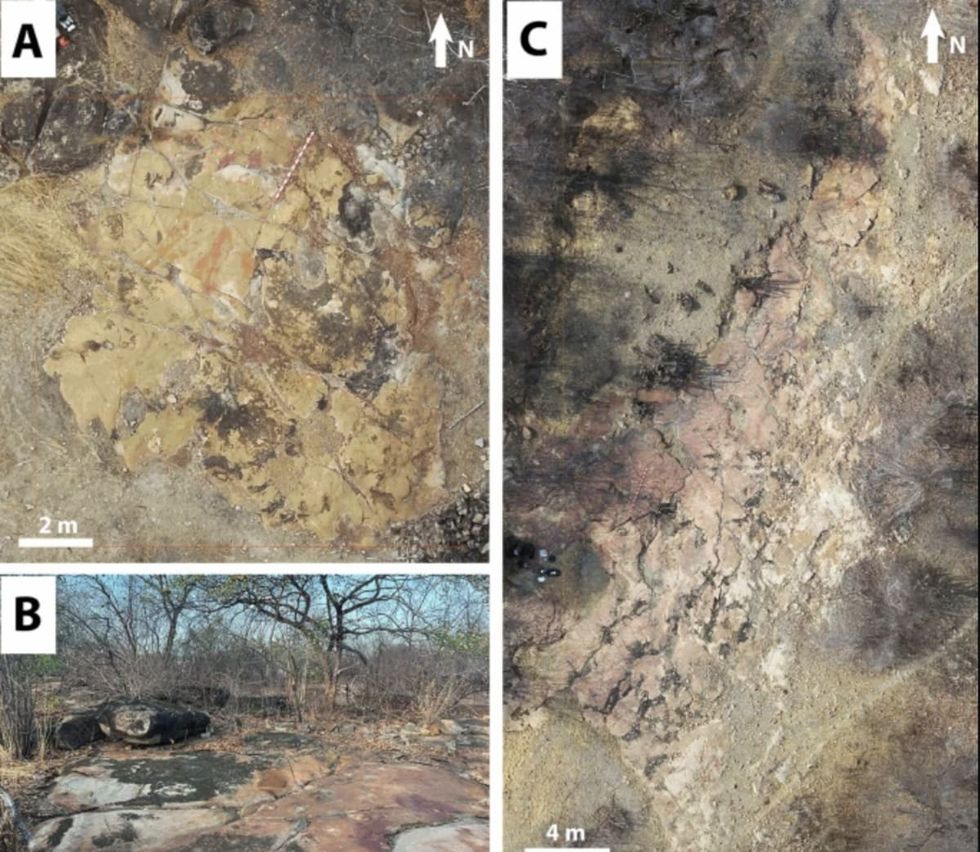 Image Source:
Image Source: 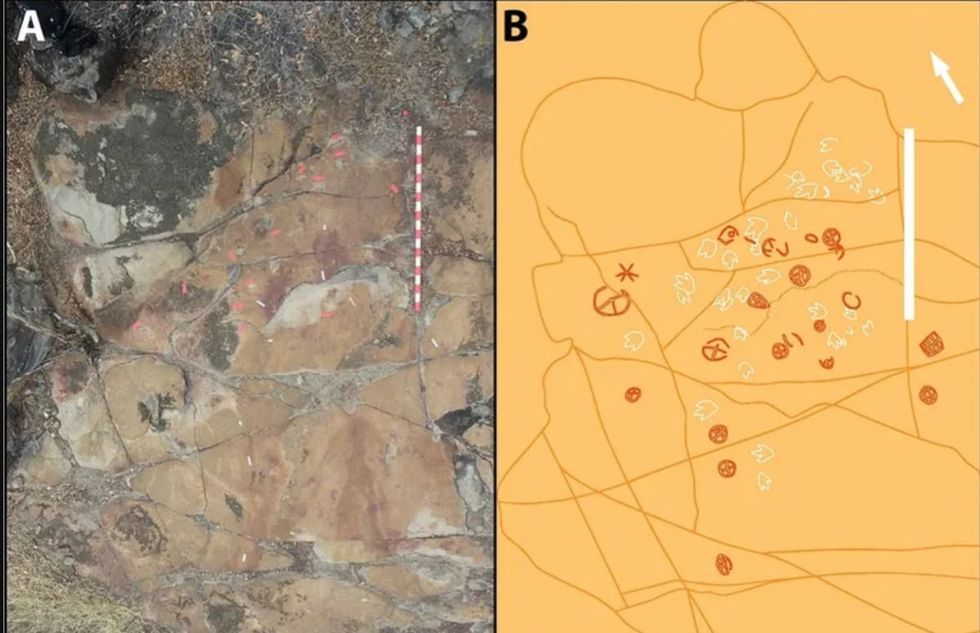 Image Source:
Image Source: 